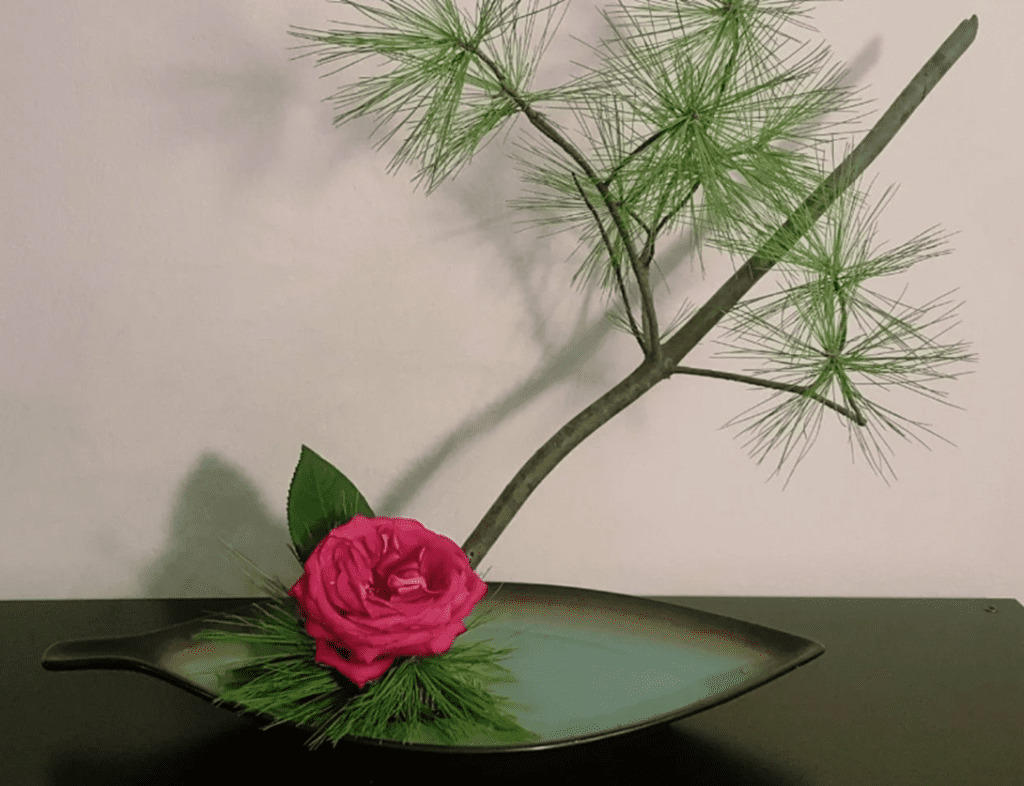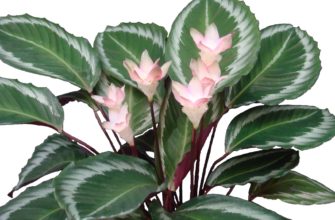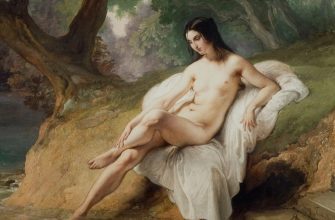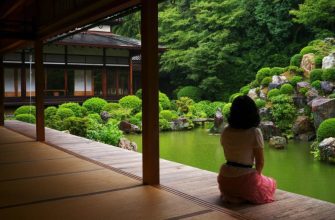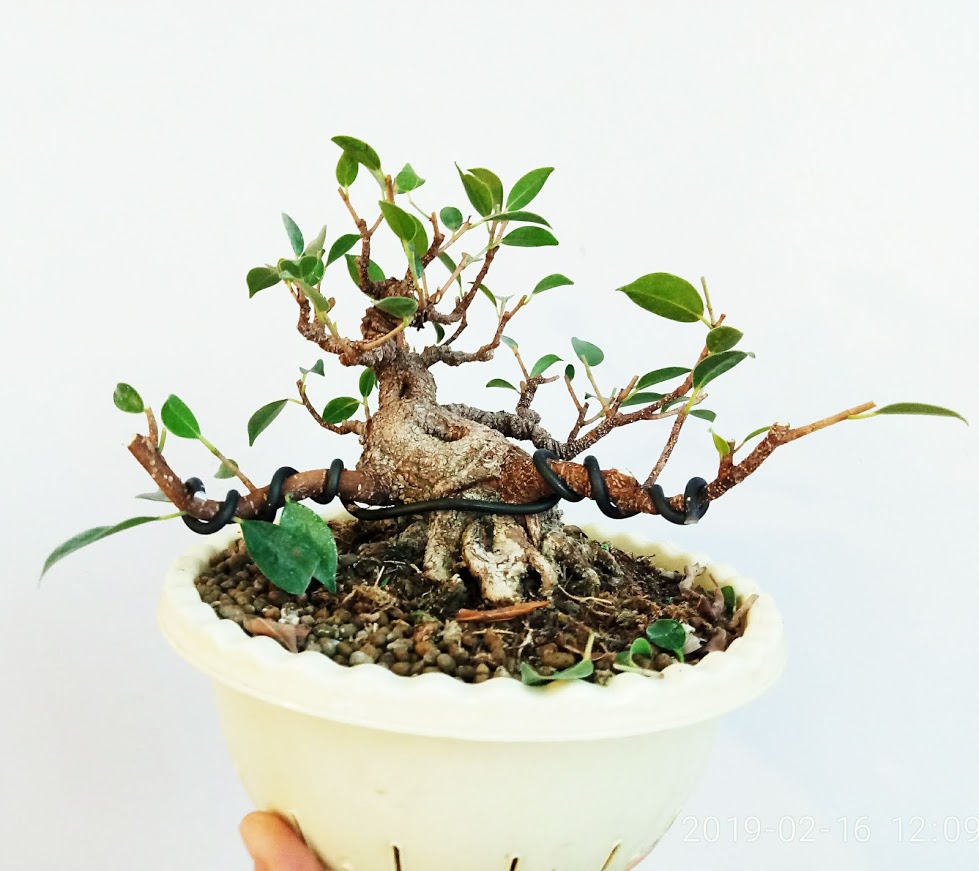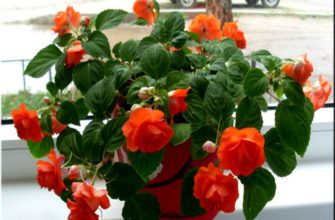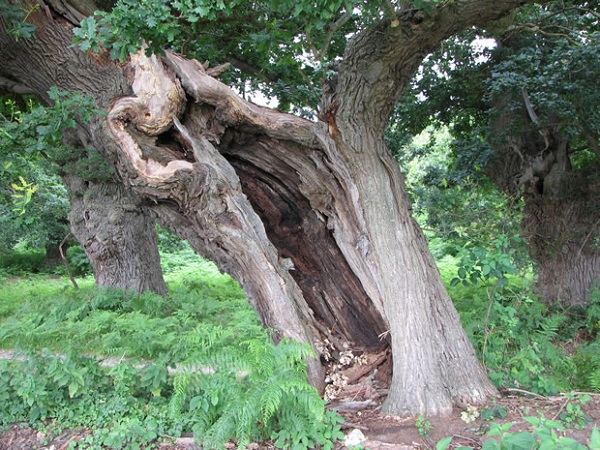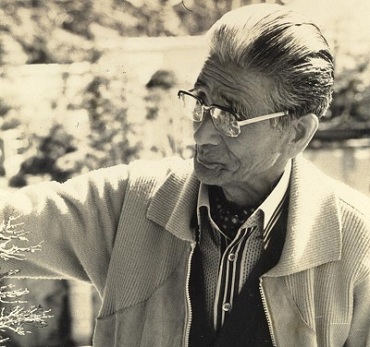Japanese flower arranging (Ikebana) is the Japanese art of arranging and arranging flowers that brings nature and humanity together. Ikebana is centered around the concepts of harmony, minimalism, seasons, symbolism, and meaning in the arrangement. A successful arrangement incorporates these concepts, visible in the color combination, form, flow, and meaning of the plants. This article will look at the different styles of Ikebana, as well as some of the techniques and lessons you will need to create your own Ikebana arrangement.
- What is ikebana?
- Origin
- Ikebana Arrangement Styles
- Rikka
- Nageire (Nageire)
- Seika
- Moribana
- Modern style of ikebana
- Ikebana with your own hands. Basic techniques of working with materials
- How to bend a stem or branch using heat
- How to bend a branch into an acute angle
- How to Straighten a Stem with Wire
- How to use kenzan
- Correct Ikebana composition
- Vessels used for ikebana
What is ikebana?
Ikebana means oliving flowers. Japanese flower arranging is more subtle, more sensitive and more complex than the flower arranging techniques commonly used in other cultures. This is because ikebana is an art in the same sense that painting and sculpture are art in other countries and cultures.

Origin
The history of ikebana begins with flower offerings at temples many centuries ago. Initially, these offerings were informal. Around the 10th century in Japan, they evolved into full-fledged rituals in which flowers were presented in decorated containers. Ikebana is also known as “kado,” which literally translates as “the way of flowers.” Kado is one of the three classical Japanese arts, along with chado (tea ceremony) and kodo (incense).
In the 15th century, these flower arrangements became an art form independent of religious origins, originating in Kyoto (Ikenobo school). Today, ikebana is a popular Japanese art in the East and West.


The first flower arrangements were made in the 6th and 7th centuries. At that time, Buddhism first came to Japan from China. At that time, there was a custom of offering flowers to images of Buddha. Over the years, these flower offerings became an art and acquired a rather complex form.
In those days, from the 8th to the 12th century, it was common to send poems attached to a flowering plant as an expression of admiration and feelings.
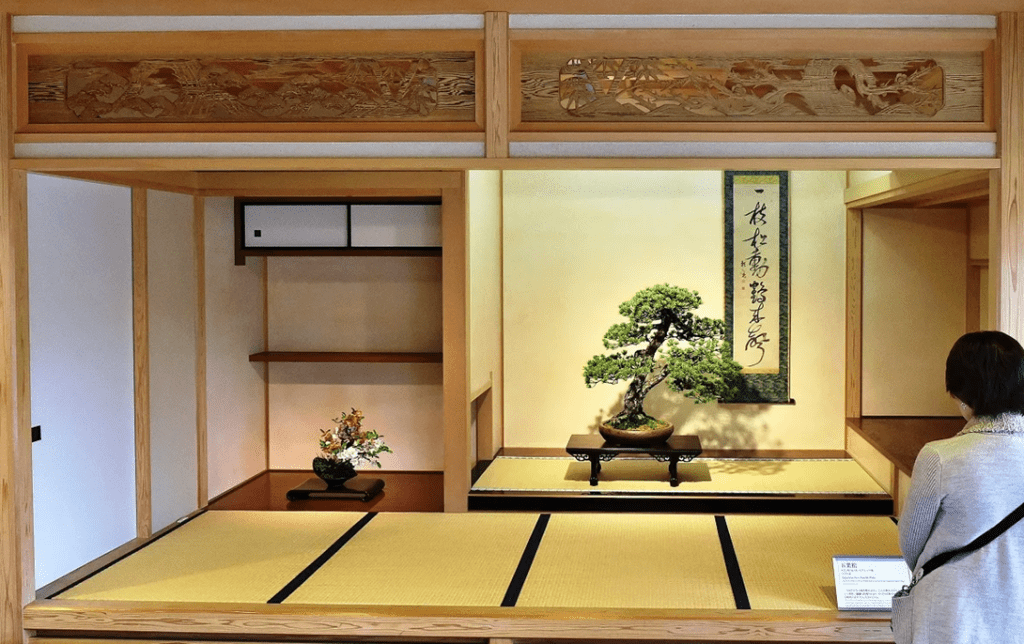
Since the 14th century, feudal lords have gained status and dominance in Japan. They also used ikebana to demonstrate their wealth and power. At that time, niches (tokonoma) were built in houses and palaces to display armor. After the unification of the nation and the beginning of peaceful times, art objects, including flower arrangements, began to be displayed in the niches.
Tokonoma — a special niche in a traditional Japanese house in which scrolls, plants, vases, etc. were placed.
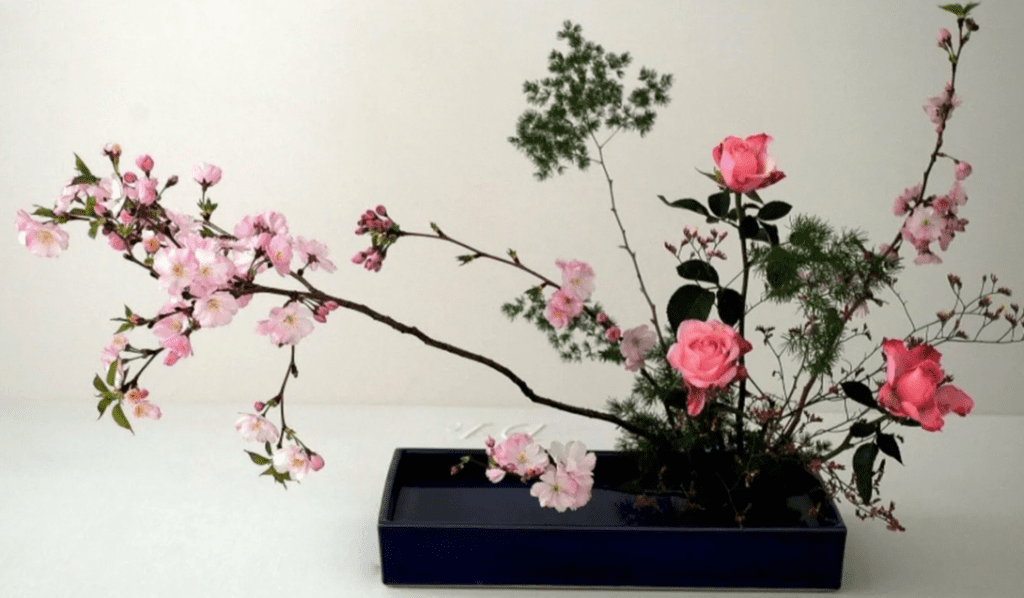
Ikebana Arrangement Styles
Rikka
Early Buddhist ikebana symbolized the idealized beauty of heaven. As a result, they were usually luxurious and richly decorated. This is how the first style of ikebana, rikka, emerged. It was aimed not so much at revealing the beauty of flowers, but at using flowers to embody a sublime idea of heaven.


Rikka's structural rules, called positions, determine the basic composition of the style. Buddhist monks developed nine key positions that identify Buddhist teachings in flower arrangements.
Ikebana is a visual art that uses plant materials in a variety of forms.
In Rikka style it is important to observe the nine positions, understanding that within this structure there is room for personal expression. This is Rikka's secret.

- Shin : spiritual mountain
- Uke : receiving
- Hikae : expectation
- Sho Shin : waterfall
- So : auxiliary branch
- Nagashi : stream
- Mikoshi : not to pay attention
- Do it : body
- May okie : front of the body
Nageire (Nageire)
In contrast to the formality of Rikka's strict ikebana rules, other, more free-form flower arranging techniques were known as nageire, meaningabandoned.


A distinctive feature of Nageire's arrangement was that the flowers were not held upright by artificial means, but were allowed to rest naturally in the vase.
It is no coincidence that Rikka's style is associated with more traditional forms of Buddhism. Nageire's style is associated with Zen. For Rikka's arrangements grew out of a philosophical attempt to make sense of the organized universe. Nageire's arrangements represent an attempt to achieve immediate unity with the universe.
Seika
By the end of the eighteenth century, the interaction between Rikka and Nageire gave rise to a new type of flower arrangement called Seika, which literally means fresh flowers.


In the seika style, three original positions were retained: tires, ESR And uke (although they are now known as taisaki), creating an uneven triangle.
The seika should be in the tokonoma and viewed while sitting on the floor in front of the arrangement.
Historically, Seika arrangements consisted of a single plant species, with the exception of the lavish arrangements created for New Year's celebrations. Today, this rule has been relaxed, and arrangements of one, two, or three materials are common.
Moribana
Until recently, the tokonoma niche, where ikebana was traditionally displayed, was considered a sacred space. Today, it is not part of modern Western Japanese architecture.
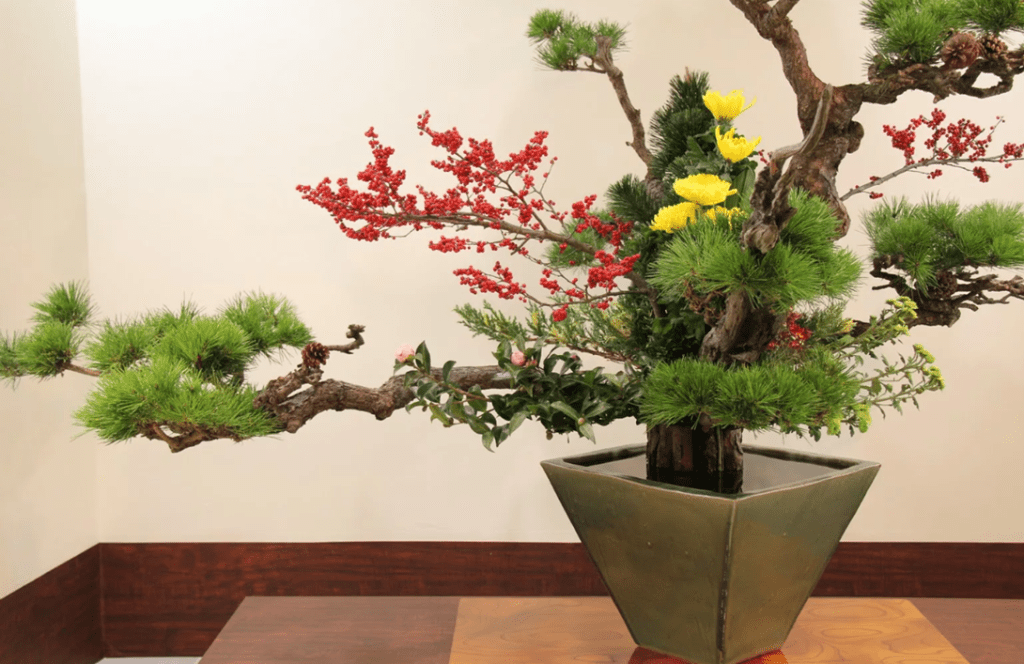
Modern requirements for the arrangement of ikebana dictate that ikebana should be viewed from all sides. This is completely different from the approach to ikebana in the past. The moribana style ( heap ) Ikebana arose as a way to create a three-dimensional composition using natural plants.
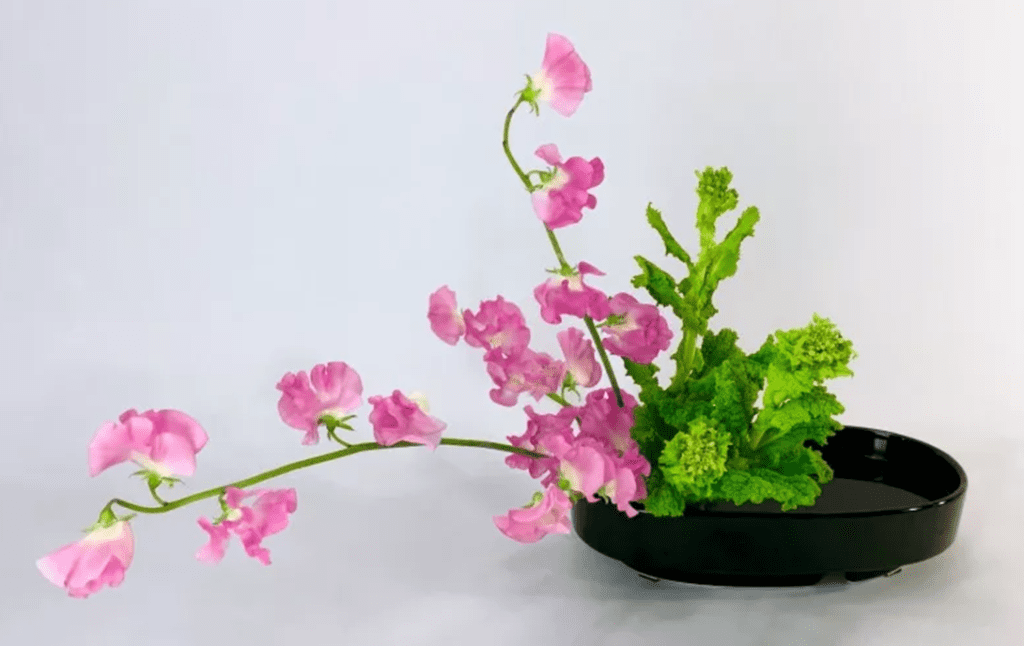
Modern style of ikebana
The concept and style of classic flower arrangements such as Rikka and Seika are still fundamental. Modern tastes have led to the use of various materials not previously used in ikebana. For example, a unique flower vase with three thin painted lines inspired the artist to create this stunning arrangement. If the plant materials were not used, this arrangement could be considered a modern sculpture.

Ikebana with your own hands. Basic techniques of working with materials
The main characteristic to look for is whether the plant's stem or branch is brittle or flexible.

How to bend a stem or branch using heat
Many species of evergreens have a thick sap that becomes soft when heated and hardens again when cooled. Place the part of the branch you want to bend over a candle flame, bending it carefully to the desired angle, then immediately plunge the heated part into cold water until completely cool. Be careful not to allow traces of flame exposure to form.
How to bend a branch into an acute angle
Some branches, such as maple or plum blossom, cannot be bent sharply, otherwise they will simply break. To make a sharp bend from these materials, make a cut with scissors to half the diameter of the branch, and carefully make a break so that the cut is hidden. To create a smooth bend, it is enough to cut 3-4 to get the desired angle.
How to Straighten a Stem with Wire
Flowers with hollow stems can be easily straightened with thin wire, the wire should be passed through the stem from the bottom up.
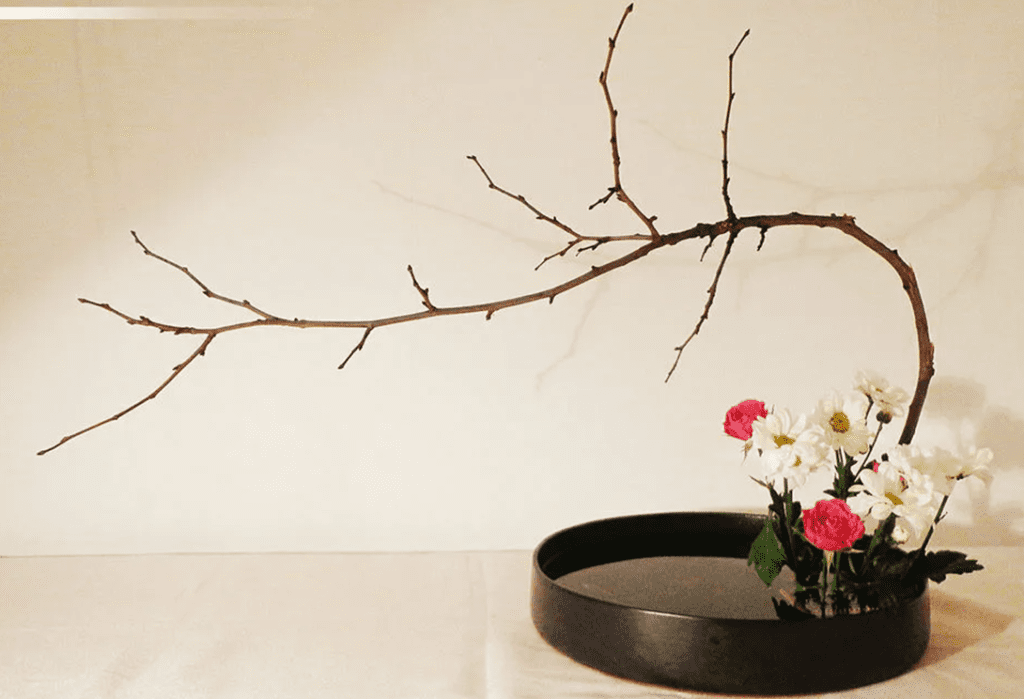
How to use kenzan
Majority Kenzan cast with brass needles on a lead base for weight.
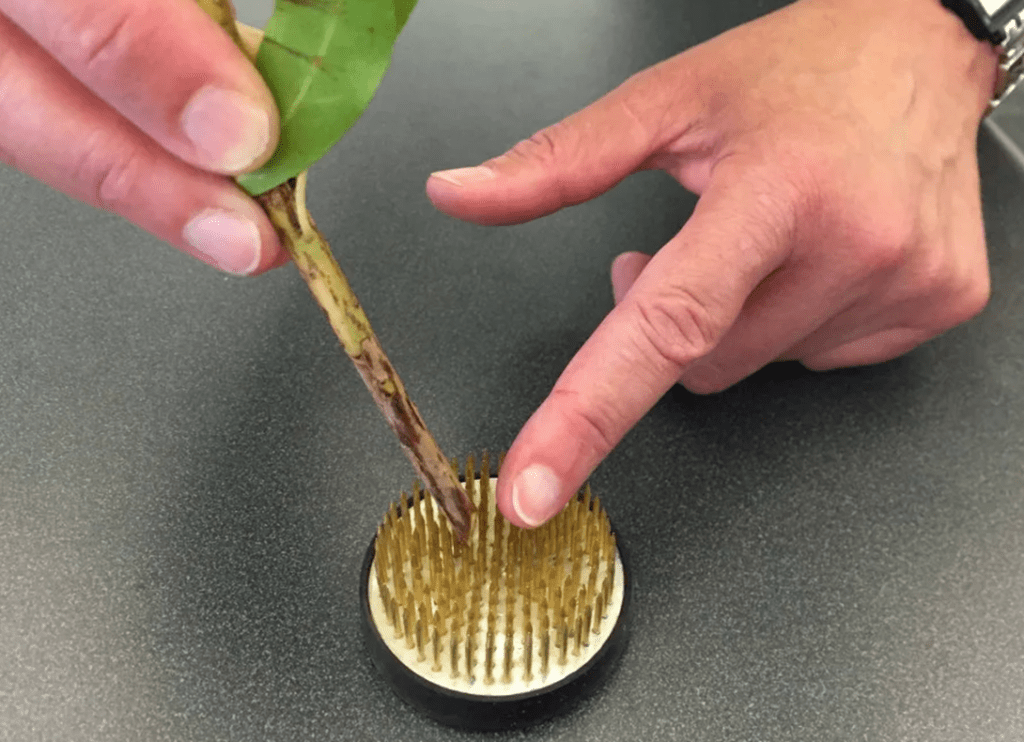
It is important to wash the kenzan thoroughly after each use.
Cut the base of the flower stem at an angle to make it easier to insert and stabilize the branch. For thicker stems, cut off a portion to make the bottom of the branch thinner. Using both hands, press the branch onto the kenzan needles.
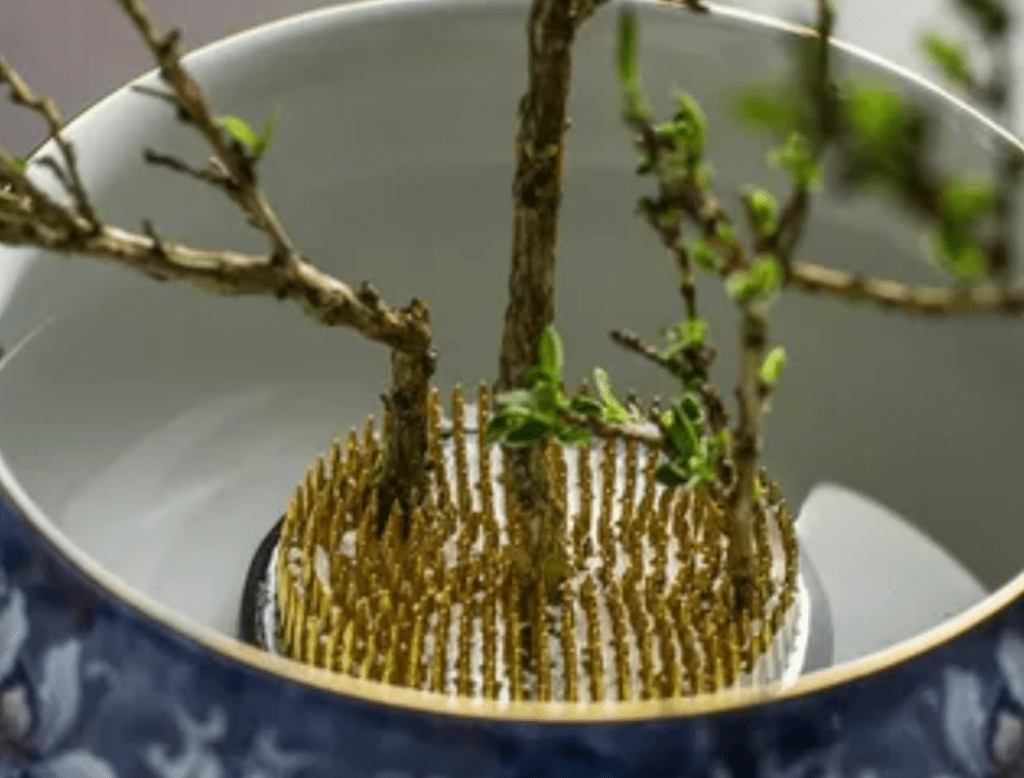
Correct Ikebana composition
Get familiar with the individual components and their placement in the lines. It is important to convey the feeling of the plant's growth energy, so it becomes almost straight towards the tip. Imaginary line from the tip shins should be perpendicular to the edge of the vase all the way to the bottom.


The leaves of most plants appear to be bilaterally symmetrical on either side of the main vein. However, upon closer inspection it is often found that not all of them are symmetrical. In this case, the wider side is called yang , and the narrow one is yin Using this distinction, the wider side of the leaf should face the front of the composition, and the smaller side should face the back.

For Nageire arrangements, you do not need to attach a dominant branch, instead they hang down at a 45 degree angle from a tall vase and lean forward at 45 degrees. The size and weight of the floral materials will help determine the height and width of the vase used. To get the floral material to stand in the desired position, you need to consider some basic principles of physics dynamics.
Vessels used for ikebana
Like bonsai, the vessel used in an ikebana display is an important component. The choice of vessel depends primarily on the plants chosen to ensure that they can be properly placed and can thrive. The vessel can be made of glass, clay or copper, as well as natural materials including bamboo or pieces of wood.
